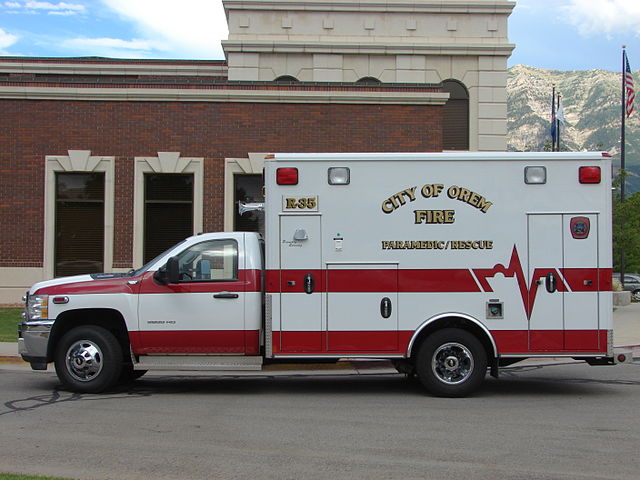– Contributed content –
15 Oct. 2018. Every year more than 2 million people die at work. Most of them are killed in a freak health and safety accident; only a small portion of these employees die of a health condition that is not related to the workplace. The first lesson here is that no matter how much employees complain about health and safety procedures, these are there for a reason: They save lives. Consequently, it is the responsibility of the employer to ensure that the regulations on the workplace are not only respected but also fully relevant to their professional activities. Running regular health and safety audits can help to adjust issues and reduce risks in the long term.
However, accidents still happen. Nobody is perfect, and when external factors such as stress at home or a seasonal virus, affect your staff behaviors and attention, things can go wrong. Even though health and safety protocols have significantly decreased fetal risks in the workplace, when an accident occurs, your life is in the hand of a medical team. How can doctors actively help to reduce death in the workplace?
The first lesson: A paramedic is NOT a doctor
First of all, it’s important to understand one thing. The first individual who attends the site of an accident is not a doctor. It is a paramedic. The paramedic team comes with the ambulance. Putting it simply; their role is to ensure that the victim of the accident can get transported as soon and safely as possible to a medical center. While paramedics are able to perform some medical duties, such as prehospital care, they don’t run diagnostics or nor do they perform operations.
Additionally, the medical training that a paramedic receives isn’t recognized by the medical profession, precisely because a paramedic’s role is to maintain the victim alive as much as it is possible until the ambulance has reached the hospital. If immediate treatment is required, a paramedic is not able to provide it.
Quick diagnostics on the spot
While paramedics try to inform the ER staff about the condition of the victim and the level of emergency, without suitable equipment, they are unable to run a diagnostic. What this means is that once the victim has arrived at the local hospital, the doctors there need to diagnose internal injuries, and other lesser visible effects from the accident. However, with the addition of a portable ultrasound machine, the day-to-day handling of health and safety victims could be made easier. Being able to scan an injured limb on the spot, for instance, can help paramedics to know how to handle the body best. Similarly, when used at the entrance of the ER, the same device can also speed up the diagnostic process.
Are better treatments available already?
Admittedly, while being able to perform a quick and safe diagnostic can significantly improve the chances of survival of the victim, it’s fair to say that additional research into life-changing treatments could also make a difference. When some procedures need several months of preparation before being able to be used on a patient, the window of opportunities is long gone by the time the treatment is ready. For instance, the use of adult stem cells to treat eye injuries might not be life-threatening. However, the discovery of a solution to speed up the culture process could affect the treatment of timely injuries and complications.
It all starts in the workplace
However, it would be unfair to blame the health and safety death toll on doctors only. When an accident occurs in the workplace, being trained on first aid and CPR can increase the chance of survival of a person. Indeed, while ambulances don’t waste time, they are never the first ones on the scene of the accident. But with only 45% of American employees knowing how to perform first aid support, the victim of an accident could bleed out or die by the time the paramedics arrive.
The medical body can learn to communicate more effectively
The handover of patients between paramedics and doctors is critical to the survival of a person. However, in the heat of the moment, the information might not be passed effectively. Communication failures can lead to a negative outcome – whether they are produced by misunderstandings during the verbal exchange or by lack of time. Poor communication is ultimately a cause of death.
Aside from organizing communication workshops, it’s important to note that paramedics and doctors would be in a better position to treat a patient if existing equipment and first aid training could facilitate early diagnosis and vitals maintenance. Ultimately, if better training were available for all parties involved, this could remove the stress factor that impacts the communication process.
Are doctors responsible for health and safety fatalities in the workplace? Of course, they’re not. Improving chances of survival needs to be a collective effort starting in the workplace and touching to medical equipment, paramedics and nurse training and the evolution of life-changing treatments.
Editor’s note: The opinions in this post are the contributor’s and not those of Science & Enterprise.
* * *


 RSS - Posts
RSS - Posts
You must be logged in to post a comment.